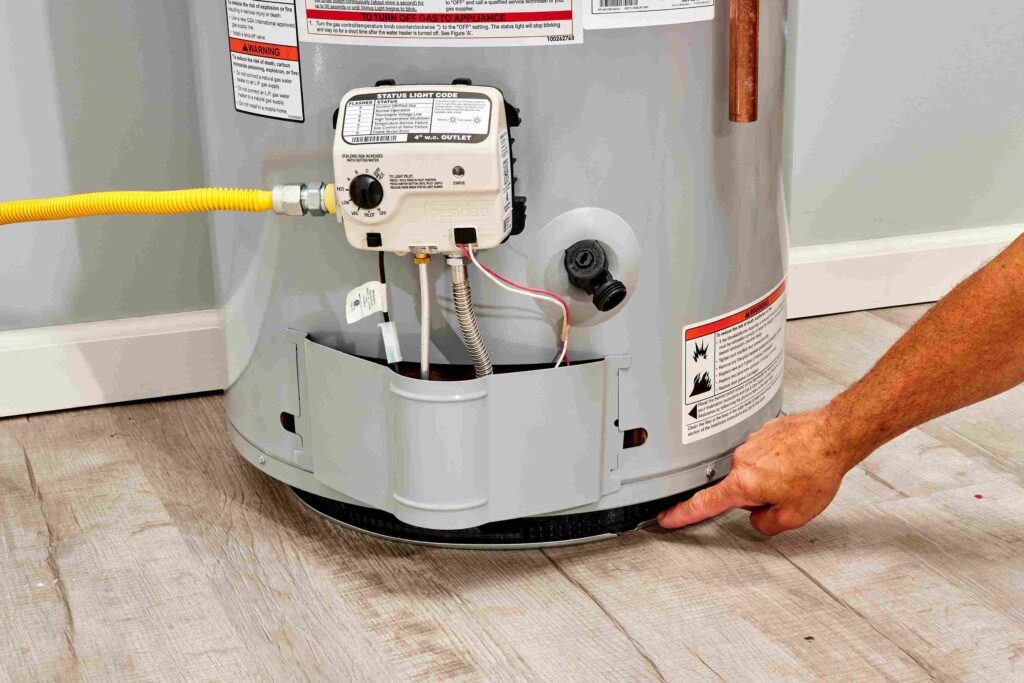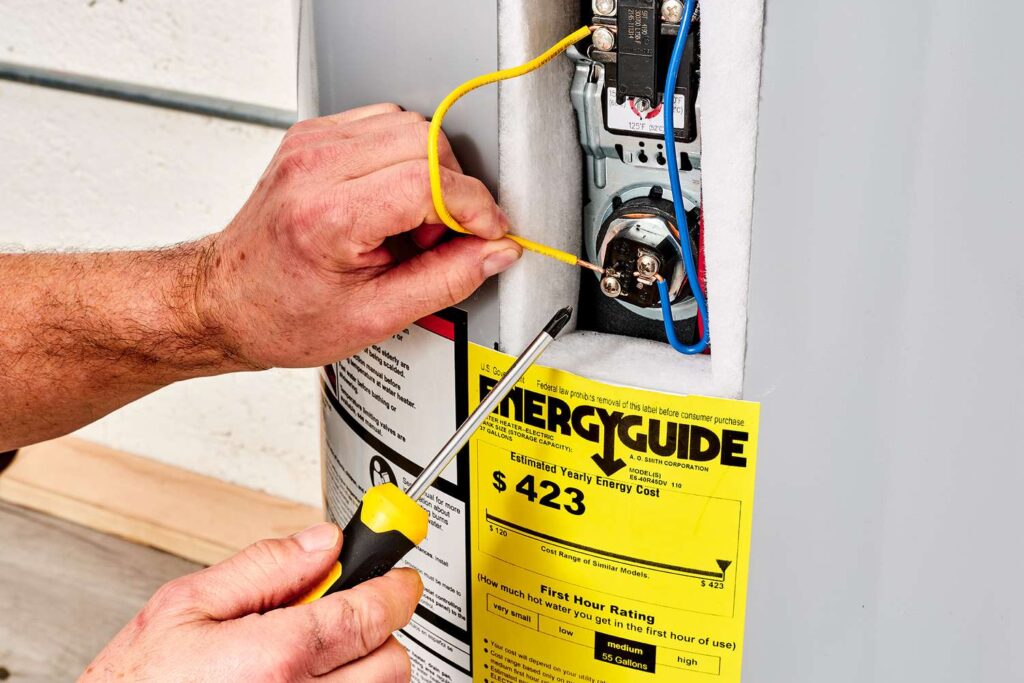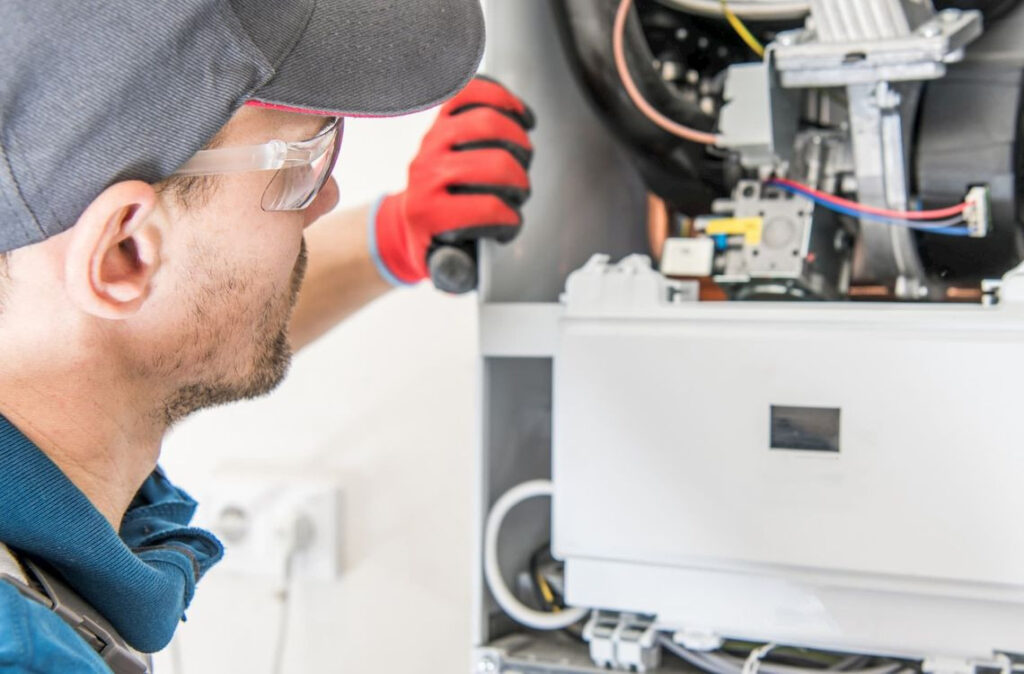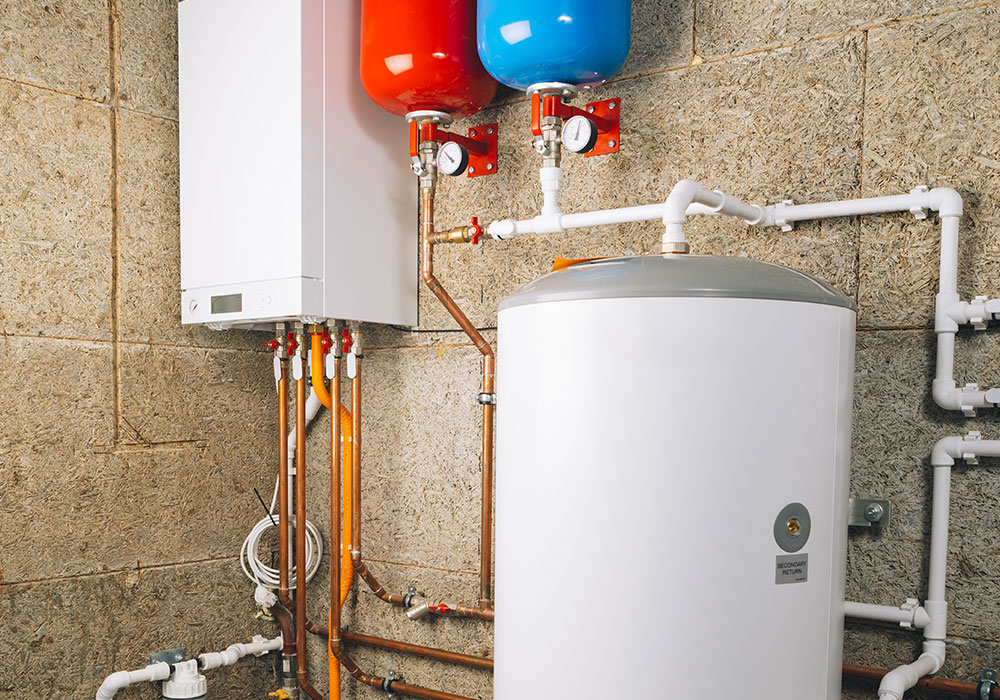A hot water heater is an essential appliance that provides us with warm water for various household tasks. However, a leaking hot water heater can be a cause for concern. In this article, we will explore the common causes of hot water heater leaks, safety precautions to take, how to identify the source of the leak, a step-by-step guide to fixing a hot water heater leak from the top, the replacement of faulty components, sealing and insulating the water heater, regular maintenance to prevent future leaks, and when it’s best to seek professional help.

Daftar isi:
Understanding the Hot Water Heater Leak
A leaking hot water heater can be a result of various issues, such as a faulty pressure relief valve, a loose or damaged connection, a corroded tank, or a damaged temperature and pressure relief valve. Understanding the possible causes will help in accurately diagnosing and resolving the leak.
Step-by-Step Guide to Fixing a Hot Water Heater Leak from the Top
Follow a detailed step-by-step guide to fix the leak from the top of the water heater:
- Ensure Safety Precautions: Before starting any repairs, turn off the power supply or gas source to the water heater. Shut off the water supply and allow the heater to cool down. Wear protective gear, such as gloves and goggles, to ensure your safety throughout the process.
- Identify the Source of the Leak: Thoroughly inspect the top of the water heater to identify the exact location of the leak. Check the pressure relief valve, drain valve, inlet and outlet connections, and the tank itself. Make a note of the source of the leak for further action.
- Tighten Loose Connections: If the leak is coming from a loose connection, use a wrench to carefully tighten it. Avoid overtightening, as it can cause damage. Check all the connections, including the inlet and outlet pipes, and ensure they are secure.
- Replace Faulty Valves: If the pressure relief valve or drain valve is causing the leak, it may need to be replaced. Turn off the water supply and drain the tank before removing the faulty valve. Install a new valve according to the manufacturer’s instructions, making sure it is properly sealed.
- Repair the Tank: If the leak is originating from the tank itself, it may require a more involved repair. Identify the specific area of the tank that is leaking. Use a patch kit or a professional-grade epoxy designed for water tanks to repair the leak. Follow the instructions provided with the repair product carefully for the best results.
- Check the Temperature and Pressure Relief Valve: The temperature and pressure relief valve is an essential safety feature of the water heater. If it is leaking, it may indicate a problem with excessive pressure or temperature. Test the valve by lifting the lever and releasing it. If it continues to leak after testing, it may need to be replaced.
- Inspect for Corrosion: Check the top of the water heater for any signs of corrosion. If corrosion is present, it may be necessary to consult a professional to assess the extent of the damage and determine the best course of action.
- Turn on the Water Supply: Once the repairs are complete, turn on the water supply to refill the tank. Check for any new leaks or issues that may have arisen during the repair process.
- Monitor for Continued Leaks: After turning on the water supply, closely monitor the repaired areas for any signs of continued leaking. If you notice any leaks persisting, it may be necessary to revisit the repairs or seek professional assistance.
- Restore Power or Gas Supply: If you had turned off the power or gas supply at the beginning of the repair process, restore it once you have confirmed that there are no more leaks and the water heater is functioning properly.
Replacing Faulty Components
If the leak persists after attempting the initial repairs, it may be necessary to replace faulty components. This can include replacing a faulty pressure relief valve, drain valve, or inlet and outlet connections. Ensure that all replacements are compatible with your specific water heater model.

Sealing and Insulating the Water Heater
Properly sealing and insulating the water heater can help prevent future leaks and improve energy efficiency. Apply high-temperature sealant to any areas prone to leaks, such as pipe connections. Additionally, insulate the tank and pipes to minimize heat loss and reduce the risk of condensation.
Regular Maintenance to Prevent Future Leaks
To prevent future leaks, it is crucial to perform regular maintenance on your hot water heater. This includes flushing the tank to remove sediment buildup, inspecting and testing pressure relief valves, checking for signs of corrosion, and ensuring proper functioning of all components.
When to Seek Professional Help
In some cases, complex repairs or replacements may require the expertise of a professional plumber or technician. If you are uncomfortable performing the repairs yourself or if the issue persists despite your best efforts, it is advisable to seek professional help to avoid further damage or potential safety hazards.

| Steps to Fix Hot Water Heater Leaking from Top |
| Turn Off Power and Water Supply to the Heater |
| Drain the Water Heater |
| Inspect the Pressure Relief Valve |
| Replace Faulty Pressure Relief Valve (if necessary) |
| Check the Temperature and Pressure Relief Valve Discharge Pipe |
| Tighten or Replace Loose or Faulty Connections |
| Inspect and Repair Leaking Water Supply Lines |
| Check the Water Heater Tank and Gasket for Leaks |
| Replace Faulty Water Heater Tank or Gasket (if necessary) |
| Reassemble the Water Heater and Restore Power and Water Supply |
| Monitor the Water Heater for Leaks and Proper Operation |
| If the problem persists or you’re unsure about performing repairs, consult a professional plumber for assistance. |
Fixing a hot water heater leak from the top requires careful assessment, proper diagnosis, and methodical repair work. By understanding the common causes of leaks, following safety precautions, identifying the source of the leak, and utilizing the step-by-step guide, you can successfully resolve the issue and restore your hot water heater’s functionality. Regular maintenance and vigilance will help prevent future leaks, ensuring a reliable and efficient hot water supply for your household.

